-
 © Collecting Cars
© Collecting Cars -
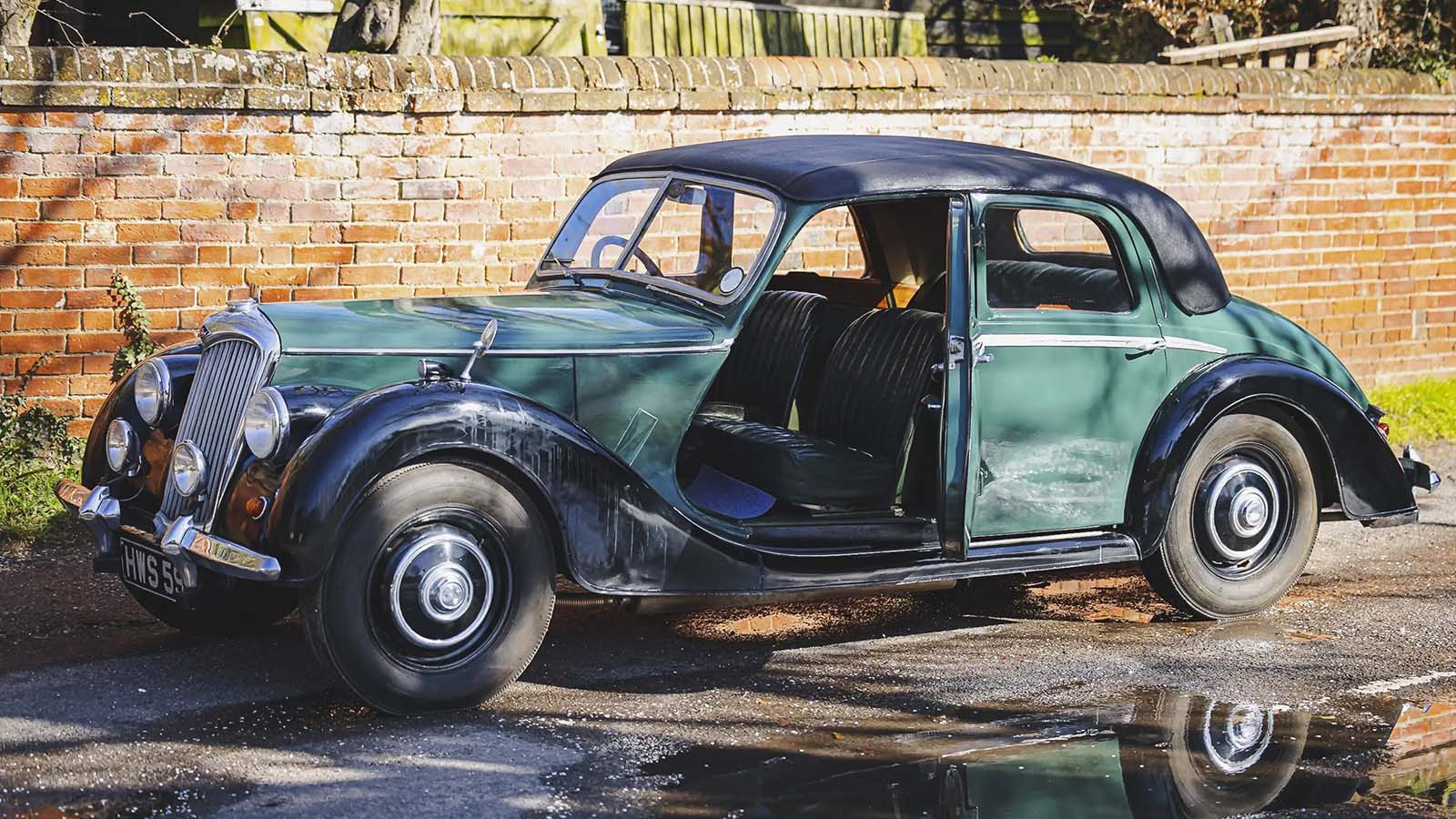 © Bonhams|Cars
© Bonhams|Cars -
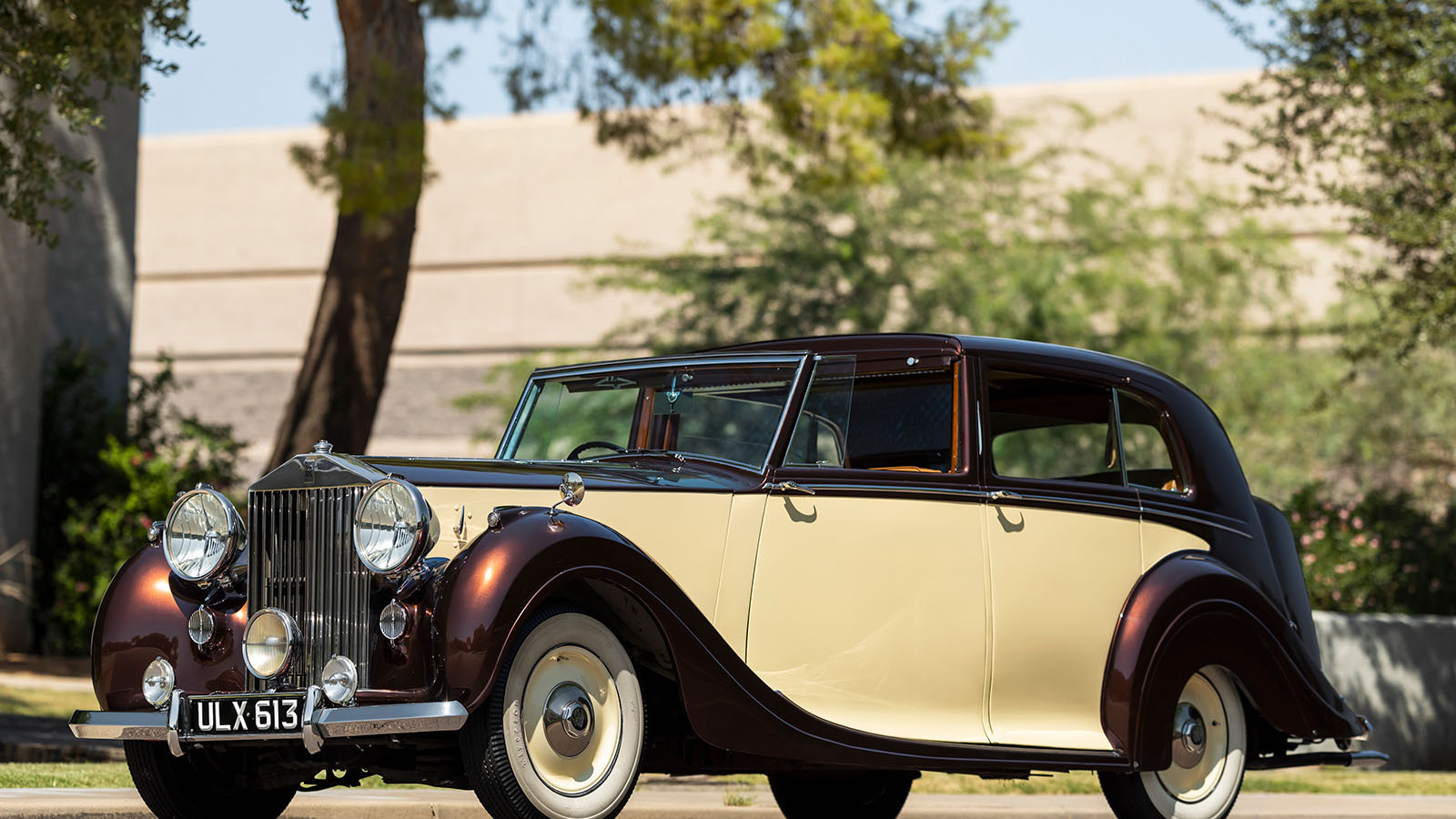 © Patrick Ernzen/RM Sotheby’s
© Patrick Ernzen/RM Sotheby’s -
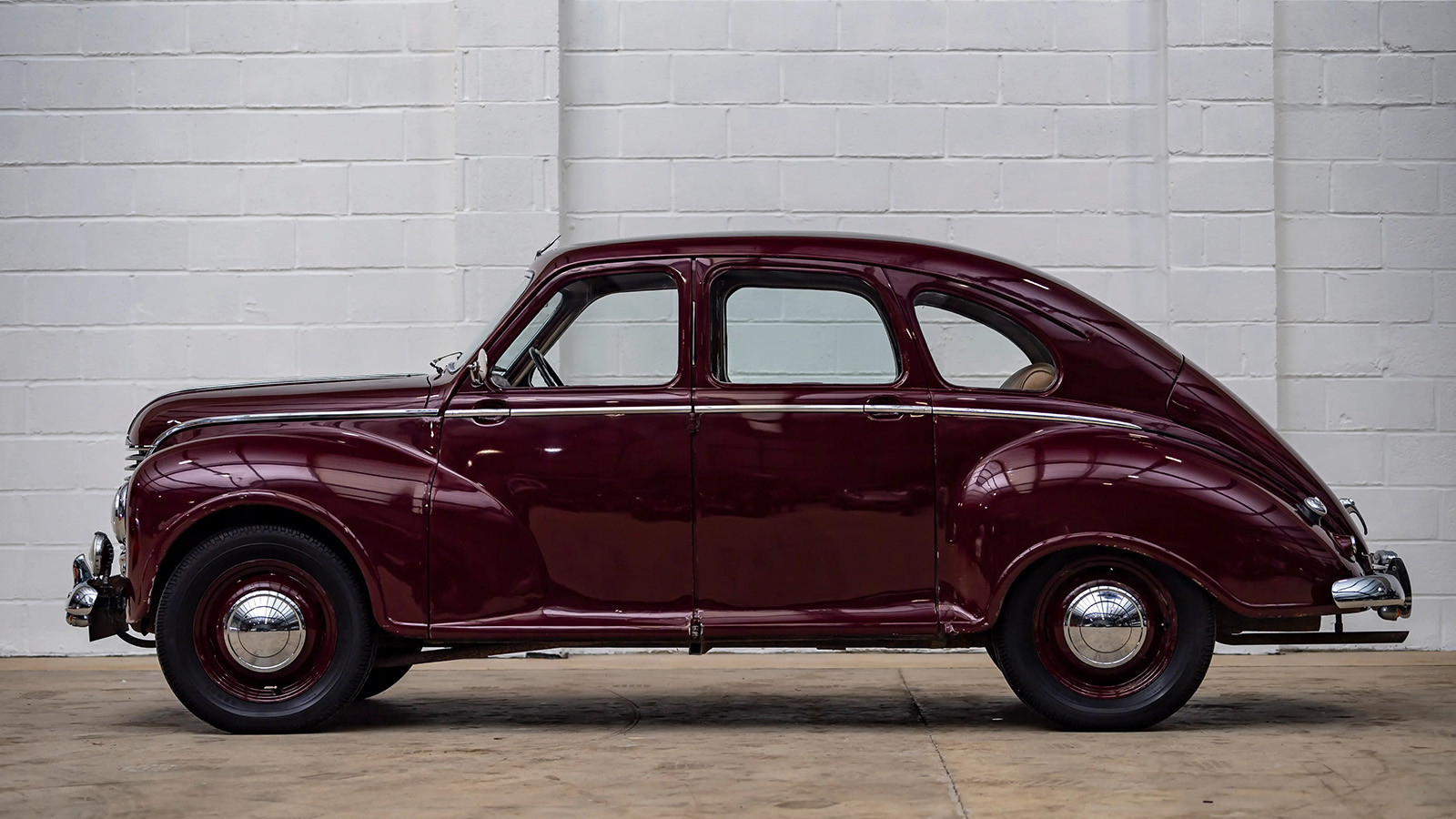 © Bonhams|Cars
© Bonhams|Cars -
 © Bring A Trailer
© Bring A Trailer -
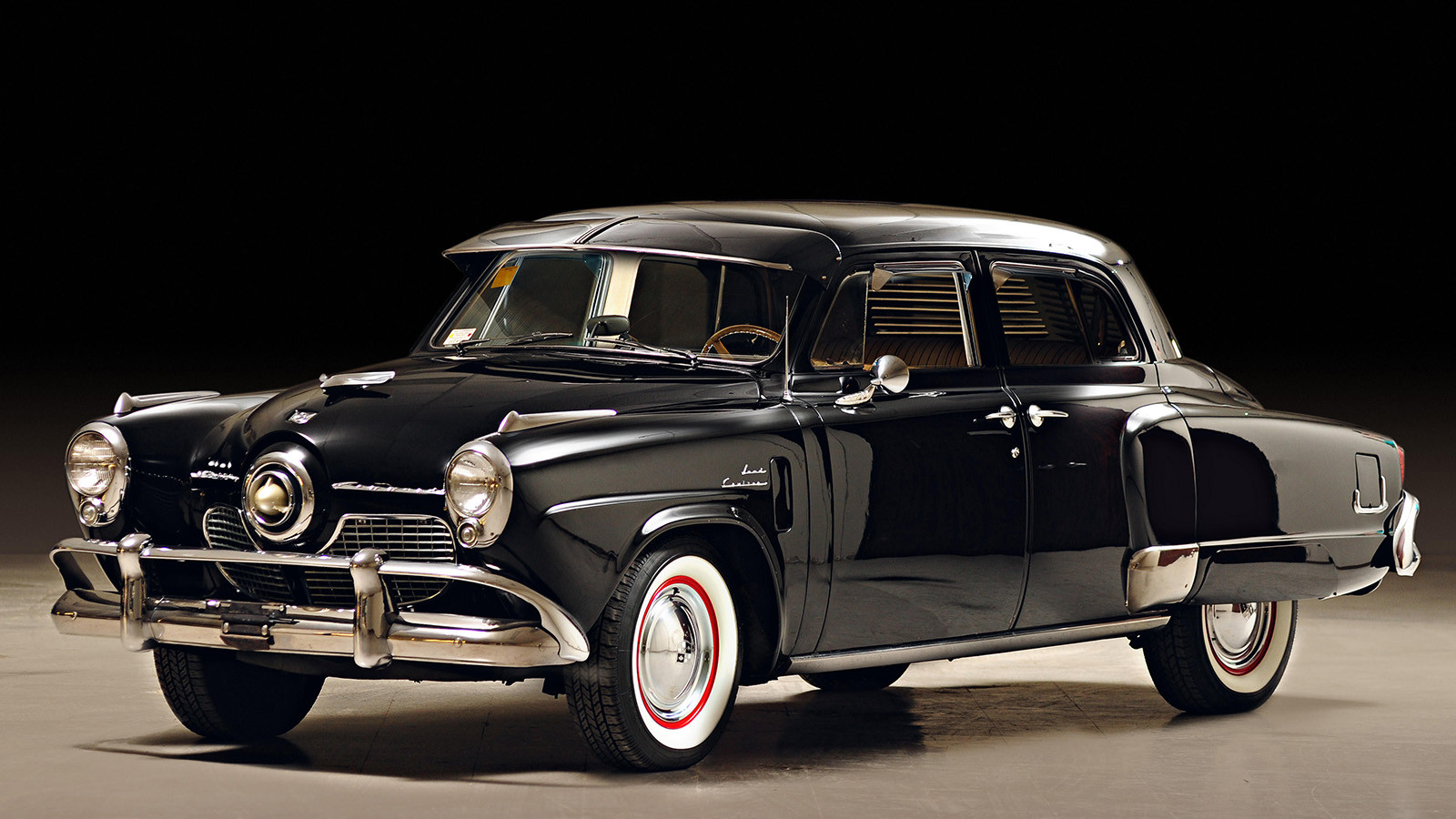 © Bonhams|Cars
© Bonhams|Cars -
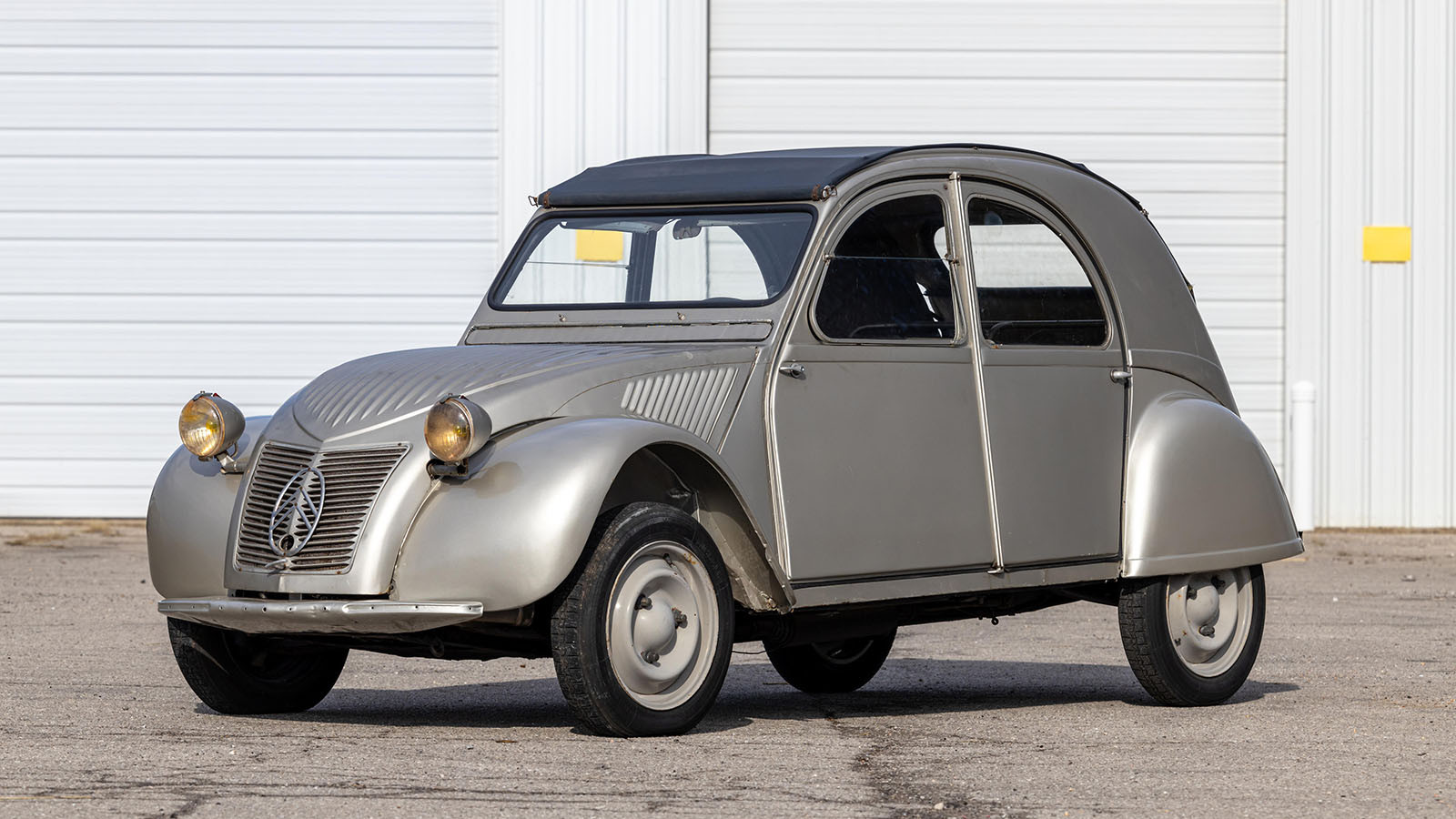 © Bonhams|Cars
© Bonhams|Cars -
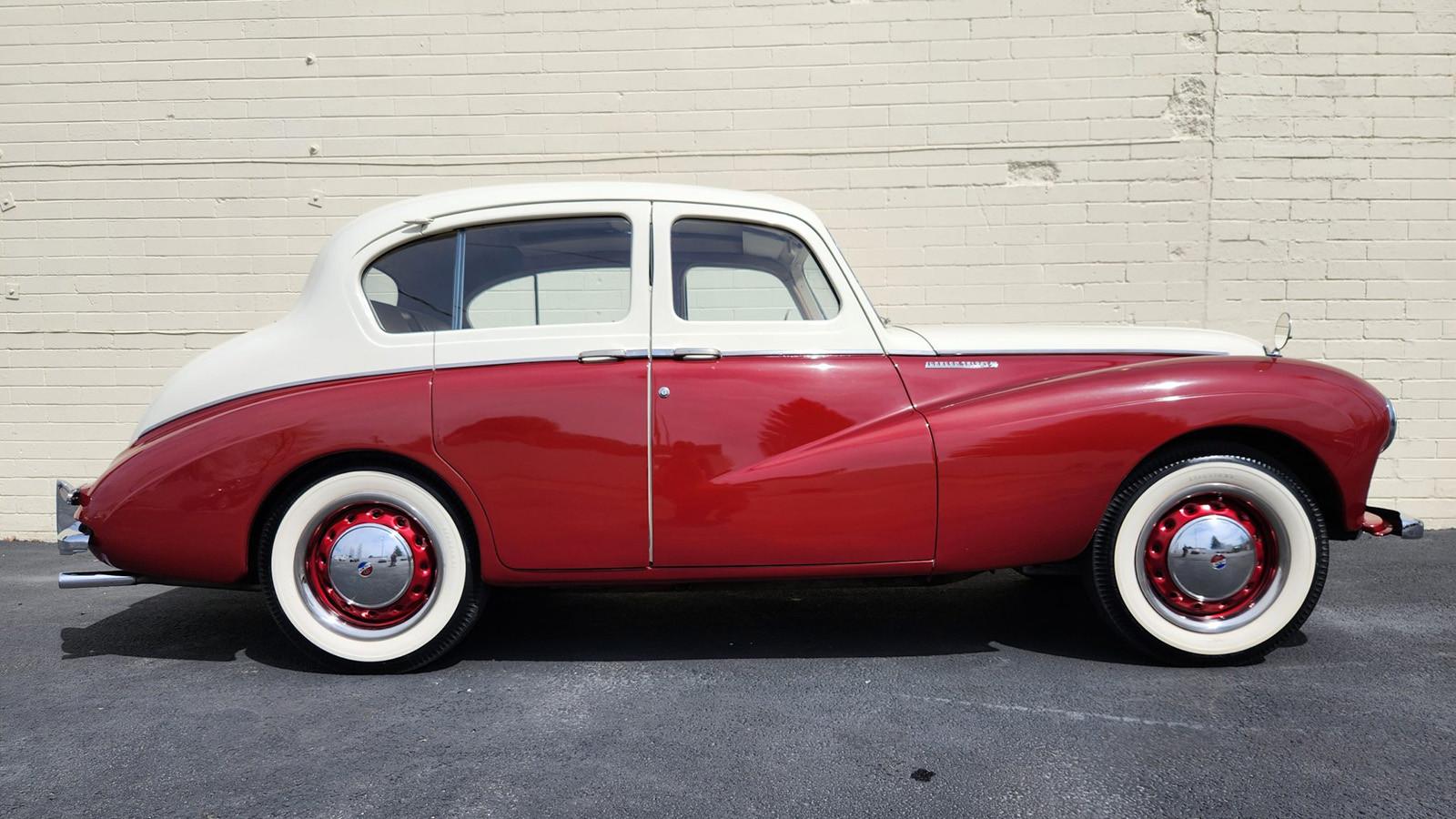 © Bring A Trailer
© Bring A Trailer -
 © Manor Park Classics
© Manor Park Classics -
 © James Mann/Classic & Sports Car
© James Mann/Classic & Sports Car -
 © Dirk de Jager/RM Sotheby’s
© Dirk de Jager/RM Sotheby’s -
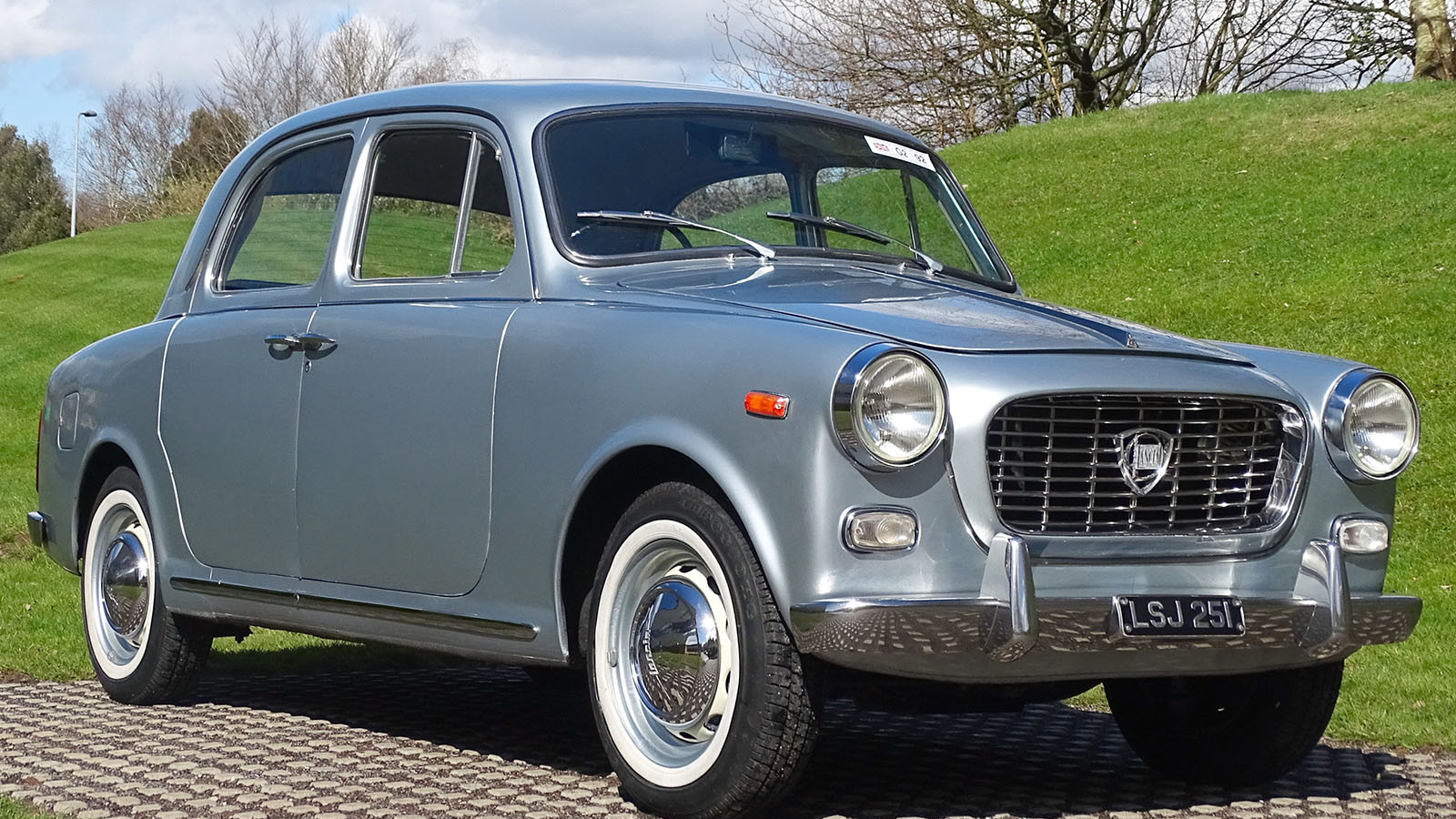 © Manor Park Classics
© Manor Park Classics -
 © Tony Baker/Classic & Sports Car
© Tony Baker/Classic & Sports Car -
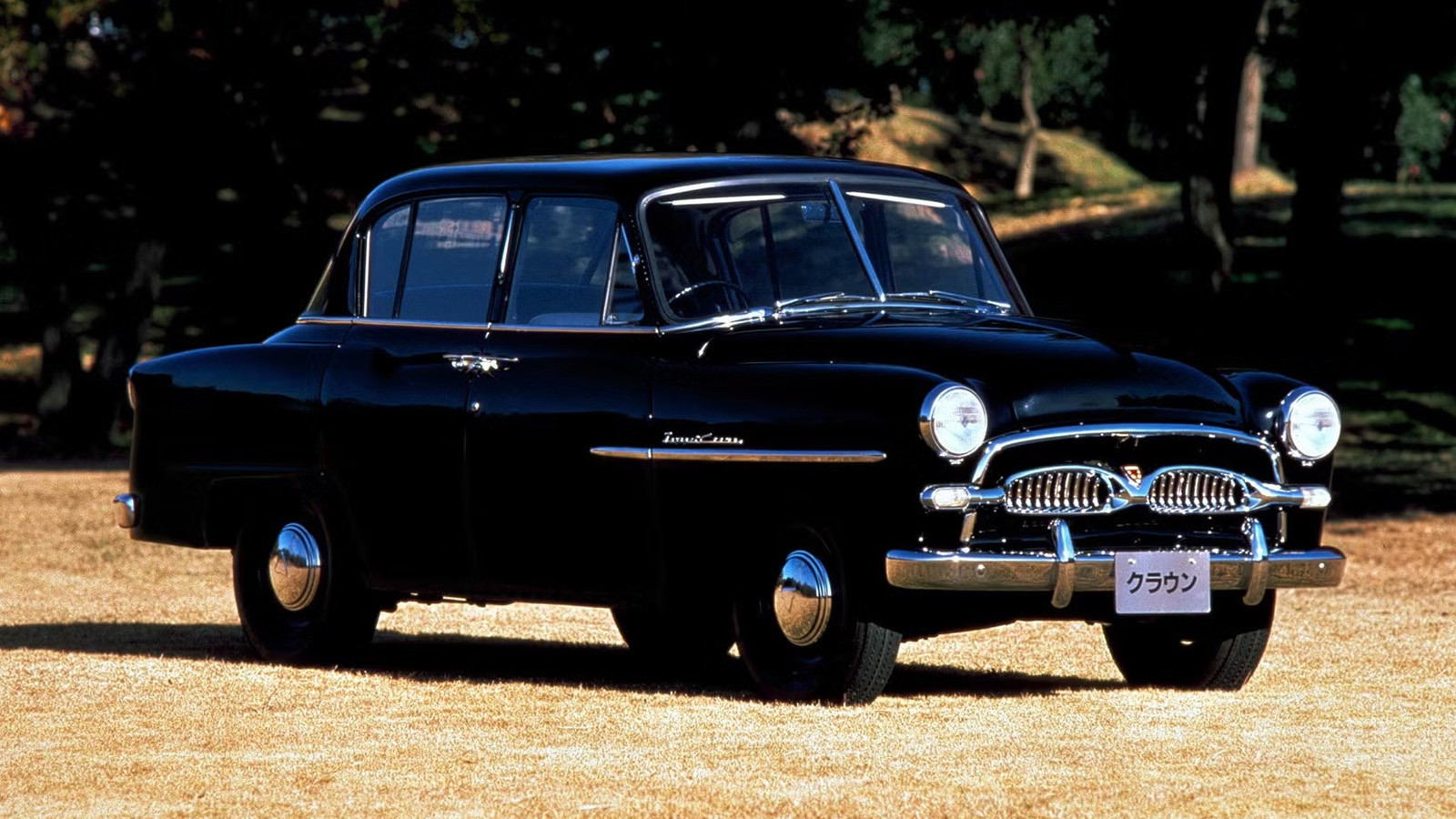 © Toyota Media
© Toyota Media -
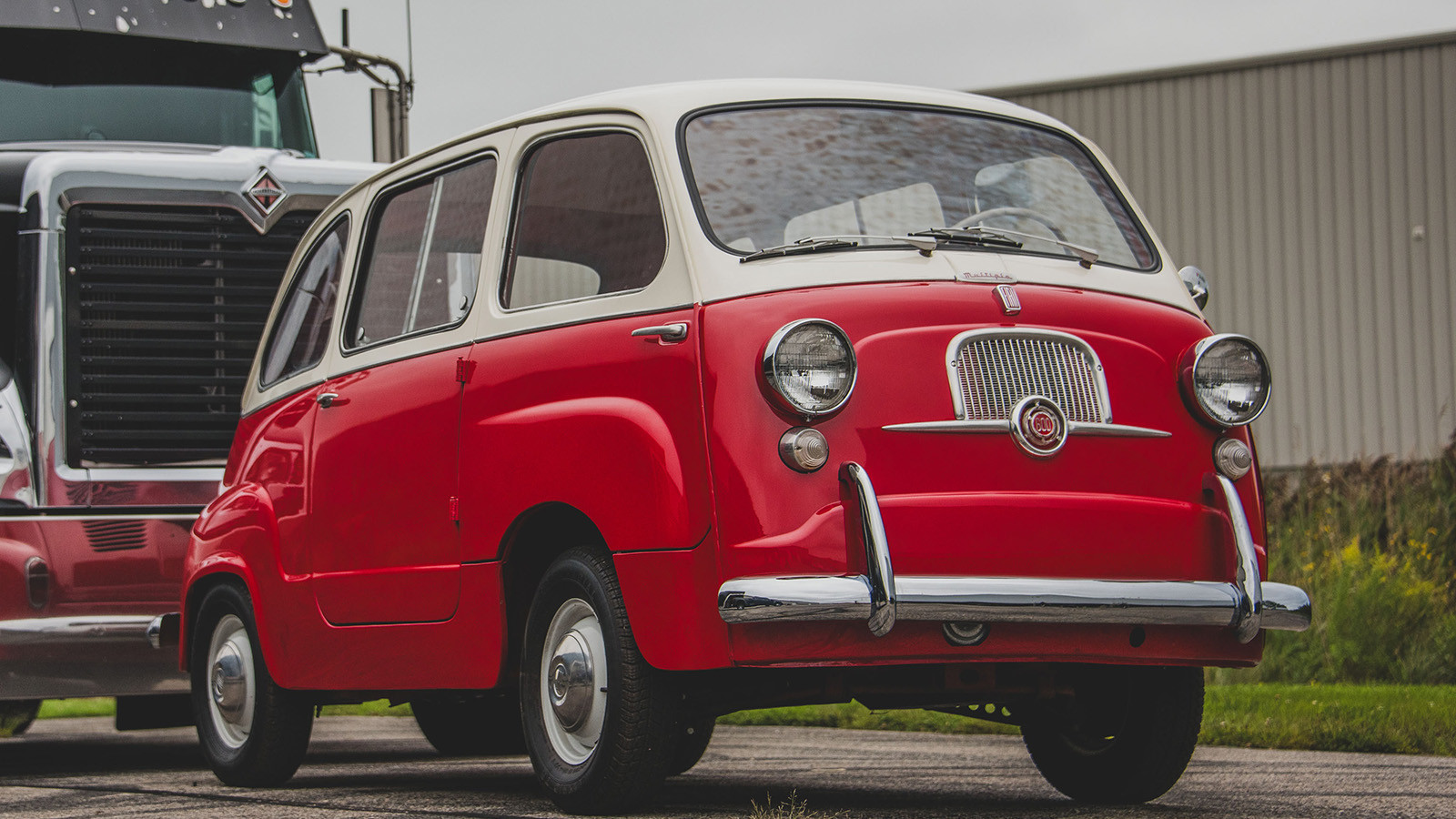 © Darin Schnabel/RM Sotheby’s
© Darin Schnabel/RM Sotheby’s -
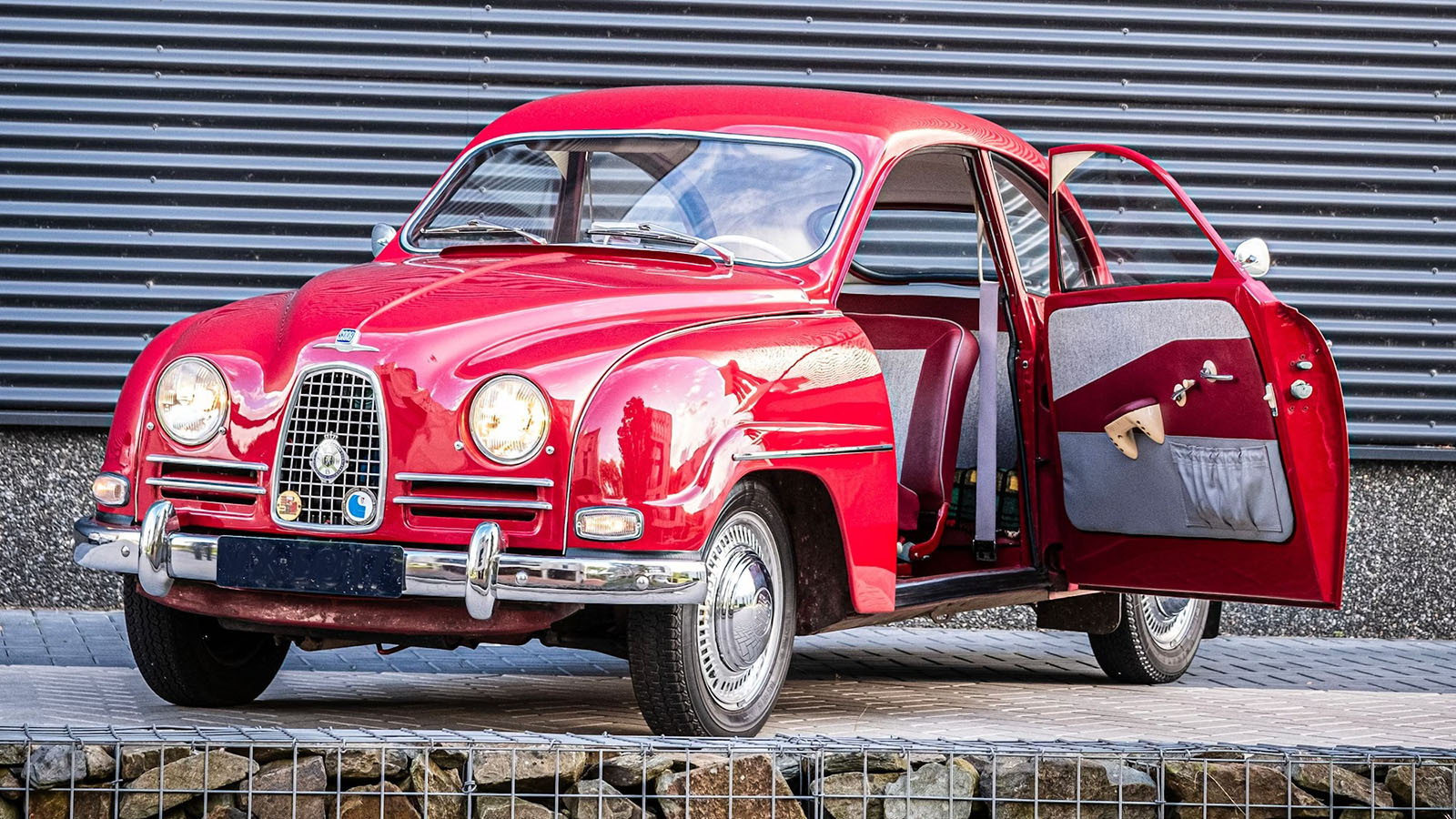 © Collecting Cars
© Collecting Cars -
 © Darin Schnabel/RM Sotheby’s
© Darin Schnabel/RM Sotheby’s -
 © Bonhams|Cars
© Bonhams|Cars -
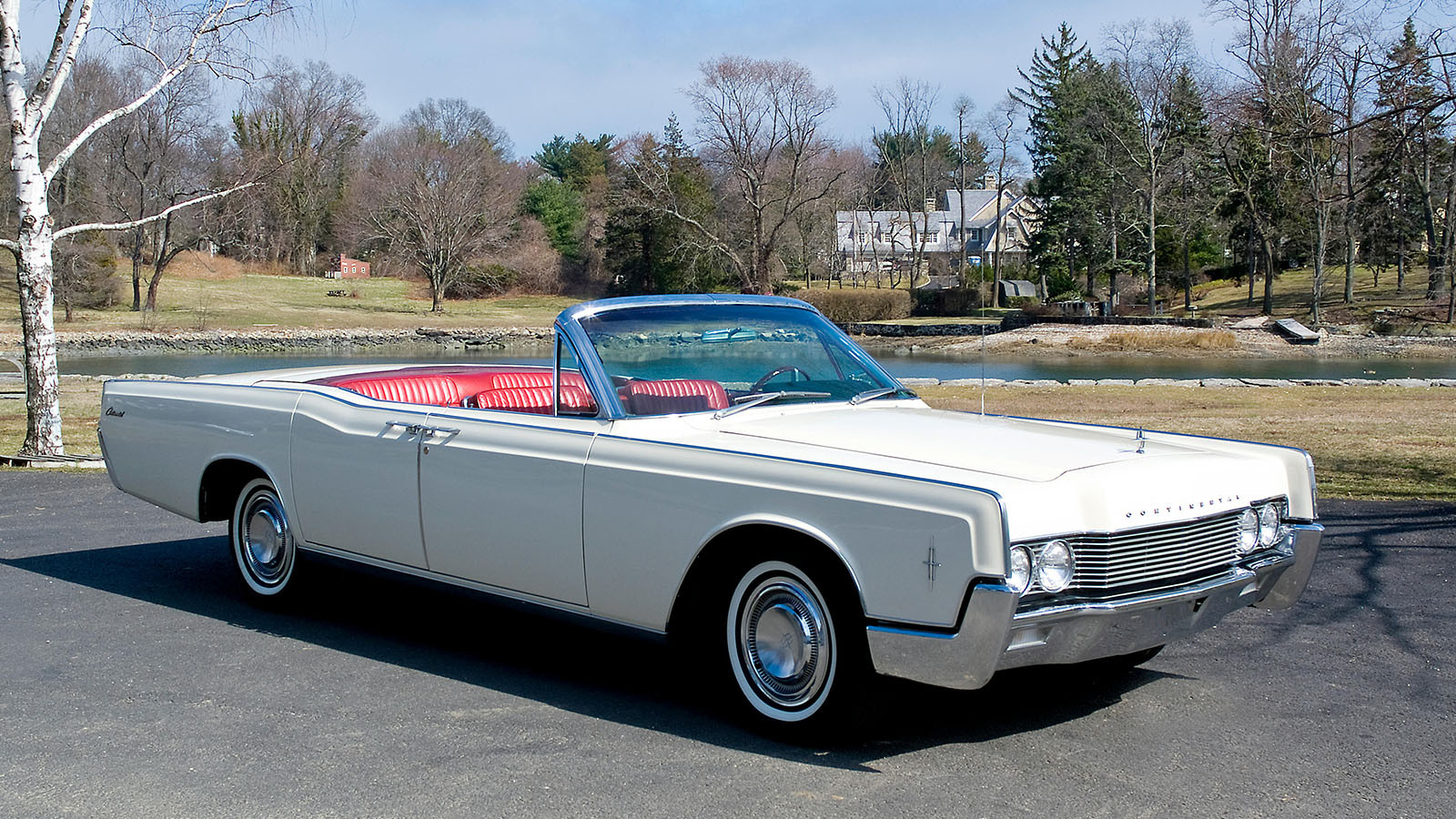 © Bonhams|Cars
© Bonhams|Cars -
 © Bring A Trailer
© Bring A Trailer -
 © Bring A Trailer
© Bring A Trailer
-
Doors with a difference
Rear-hinged doors are a rarity in modern-car design, often for reasons of safety, but they used to be quite common.
It is such a distinctive design feature on older automobiles that we’ve decided to dedicate a whole gallery to them.
So here are 20 classic cars with rear-hinged doors for you to enjoy, presented in chronological order.
-
1. 1945 Riley RMA
The Riley RMA was the marque’s first model to launch after the war and had rear-hinged front doors.
It was equipped with a 1496cc engine paired with a four-speed gearbox, it was big enough to transport five people and it had a large boot.
Early examples featured opening split windscreens, but this later became fixed.
The RMA moniker denoted the 1.5-litre engine, while the RMB model was offered with a 2.5-litre unit.
All Riley RM models featured rear-hinged front doors, apart from the RMH which was introduced in 1953.
-
2. 1946 Rolls-Royce Silver Wraith
The Silver Wraith’s story begins before the Second World War.
Rolls-Royce created the Wraith which saw a brief production run from 1938 to 1939, until the war brought things to a halt after just 491 had been created.
In 1946, the Silver Wraith was a more modern version of the Wraith and just as focused on the luxury end of the market.
As a coachbuilt model, there’s some variation in door configurations and later examples mainly moved to just the back doors being rear-hinged.
The Silver Wraith was immortalised in Ian Fleming’s book Dr. No. After its appearance in the book, two Silver Wraith models went on to feature on the big screen as part of the James Bond franchise: a 1958 example appeared in the 1963 film From Russia with Love, starring Sean Connery and, in Spectre of 2015, Daniel Craig’s James Bond is chauffeured across the desert in a Silver Wraith.
-
3. 1947 Jowett Javelin
The Jowett Javelin was quietly under development during the war. After prototyping the vehicle and revealing it in 1946, production started in 1947.
As the name suggests, it was designed to be streamlined and sleek.
The doorhandles were integrated into the exterior chrome trim which stretches from the bonnet to the rear wheelarch. The only thing that gives away the handle position is the space behind it to let you get your hand around it.
With a 1486cc engine the Javelin was capable of a top speed of 77mph, thanks to its lightweight construction.
Away from the road, it found success as a rally car, earning a class win at the 1949 Rallye Monte-Carlo and the 1952 RAC Rally of Great Britain, as well as an overall victory at the Tulip Rally in 1953. The same year, a Deluxe version was introduced which reached a top speed of 82mph.
-
4. 1947 Renault 4CV
The 4CV did exactly what Renault was aiming for: an affordable solution for mass-market production to help the company bounce back after the war.
It was the car maker’s first model with a rear-mounted, 760cc, water-cooled engine and it became popular in rallying.
Prototypes only featured two doors, but the production version of the Renault 4CV came with four, all hinged at the B-pillar.
More than 1 million 4CVs were sold all over the world, making it the first French car to reach this figure.
This was thanks to its popularity across Europe, including the UK where right-hand-drive examples were made.
It was also sold in Japan under the Hino badge on a licence agreement.
The 4CV was produced alongside the Dauphine, but ultimately met its end in 1961 when it was succeeded by the Renault 4.
-
5. 1947 Studebaker Land Cruiser
Studebaker was the first American car maker to launch a completely new model following the war.
Most manufacturers rehashed older models to get to market quickly, but Studebaker proudly used the phrase, ‘First by far with a post-war car’, to advertise the Land Cruiser.
The model’s attractive design featured a curved rear window as well as wheelarches that covered the rear wheels.
Four-door versions featured rear-hinged doors at the back, while two-door coupés got front-hinged doors.
The new Studebaker was unveiled for the first time at the Waldorf Astoria Hotel on Park Avenue in New York and the marque used it as a symbol of hope for better times after the end of the war.
-
6. 1948 Citroën 2CV
Determined to offer customers in rural France an alternative to bikes and horse-drawn carts, Citroën developed the 2CV.
It needed to be cheap, functional and able to tackle slightly challenging terrain without falling apart.
The Citroën 2CV nailed the brief and was incredibly popular. Soon after it was made available to the public, the waiting list grew and grew to several years, and the model endured until 1990.
As the generations progressed the 2CV’s safety improved, so the rear-hinged front doors became front-hinged.
The design largely remained the same throughout its four-decade production run, over which time 5,114,969 units, of all types, were produced.
-
7. 1948 Sunbeam-Talbot 90
Available across four generations, the Sunbeam-Talbot 90 regularly received mechanical upgrades with each new iteration.
In 1948, the model started with a 2-litre overhead-valve engine. The smooth bodywork featured hidden hinges, enclosed headlights and a curved windscreen.
The MkII received a slightly larger engine and updated front suspension with independent coil springs, the MkIIA bringing improved brakes and a further power increase.
The MkIII introduced the most significant changes with interior tweaks, a more powerful engine and the side elements of the front grille increased in size to improve cooling.
The Sunbeam-Talbot 90 featured rear-hinged rear doors and the B-pillar housed semaphore indicators.
-
8. 1949 Rover P4
Rather than get stuck in its ways using pre-war models as a basis, Rover looked to the USA for inspiration.
The resulting model was the P4 which broke from Rover tradition with its bright colours and distinctive look.
Early examples of the Rover P4 75 were nicknamed ‘Cyclops’ for the central light in the middle of the grille.
Initially, Rover tried to sell the P4 with rectangular dials on the dashboard, but this was a step too far for its customers so they reverted to round ones.
The front and rear doors were hinged on opposite sides so they opened up the cabin with a slim B-pillar in the middle.
-
9. 1951 Borgward Hansa 2400
At the end of the war, the German engineer Carl Borgward was imprisoned by the US for his involvement with the Nazi regime.
While this halted his plans to keep producing cars after the war, it gave him some time to study American cars in the magazines he was given access to.
Upon his release, he set about making his version of the cars he’d seen during his prison stay. The 2400 emerged with technologies such as power windows, a heating and ventilation system, and an automatic gearbox, the first in Europe.
The Hansamatic automatic transmission was fitted to approximately 70% of 2400 models.
In 1953, a Pullman 2400 version was introduced with a longer wheelbase and rear-hinged front doors.
The original 2400 design saw both front and rear doors with rear hinges.
As well as its quirky design, the 2400 featured fun functional surprises, like a spare-wheel compartment under the boot floor which has its own door and bumper cut out to provide access.
-
10. 1953 Fiat 1100
Despite its small stature, the Fiat 1100 was a very spacious car for a city runaround with enough room for four or five adults, and space for luggage in the boot.
The 1100 received a column shifter so there was room if a third person wanted to sit in the front, while its doors were centrally hinged.
Throughout its production run, the Fiat 1100 had several different body types including a van variant, a station wagon and a convertible.
The Fiat 1100 lasted in Europe until around 1970, but the model was produced in India until 2000. It was also assembled in Argentina and Egypt to cater for the South American and African markets.
-
11. 1953 Lancia Appia
Just like its predecessor the Ardea, the Lancia Appia also featured rear-hinged back doors.
The example pictured is the four-door saloon body style, but it was also available as a two-door saloon, a convertible, a coupé and a three-door estate.
The Appia used a 1089cc V4 engine as well as sliding-pillar front suspension.
During its 10-year production run, around 107,000 Appia models were built.
The bulk of the orders were for saloons, around 98,000 of them, but Lancia made nearly 4000 commercial-vehicle versions and a little more than 5000 chassis were supplied to coachbuilders.
-
12. 1954 Panhard Dyna Z
The aluminium Dyna Z strayed from typical car design of the time thanks to Panhard’s use of wind-tunnel testing. Some have claimed the model’s drag coefficient is as little as 0.26Cd.
Its 850cc engine helped it to 80mph and it could achieve a claimed 40mpg.
To enhance its streamlined shape, Panhard disguised the doorhandles in the chrome trim beneath the windows, while the protruding B-pillar hinges are topped with chrome.
As the price of aluminium increased, Panhard started to introduce steel bodies instead and soon the Dyna Z became entirely steel, the c150kg/c330lb increase in weight dampening the model’s performance.
-
13. 1955 Toyota Crown
After the Land Cruiser, the Crown is Toyota’s longest-running model, and it first appeared in Japan in 1955.
Looking to broaden its appeal overseas, Toyota was considering which model to export to the US after finding success with Land Cruiser exports.
The Crown was chosen and entered the US market in 1958, intended as a competitor for the Volkswagen Beetle.
Despite going on to reach 16 generations, the first one is the only version to feature rear-hinged doors.
This generation wasn’t as popular in America as Toyota was hoping, due to its relatively steep price and poor handling at speed.
Unlike in Japan, where the road network was slow and far behind that of the US, the Toyota Crown proved unsuited to comfortable highway cruising in its intended market.
-
14. 1956 Fiat 600 Multipla
In contrast to the Fiat 600, the Multipla made use of the space over the front axle to increase room inside.
Rather than a two-door configuration, it got four doors hinged together. The bench seats meant it was big enough for four or five people, and even doubled as a campervan with the seats folded flat into a bed.
It was also sold in a taxi version with a luggage shelf next to the driver and space for two to four passengers in the back.
Since the car was so tiny with just a 633cc engine in the rear, it was good on fuel and cheap to run.
In 1960, the engine was upgraded to a 767cc unit which offered a bit more power and the same fuel economy.
It was sold in the UK in a right-hand-drive configuration, but import duties made it a little too expensive to find great success in the British market.
-
15. 1956 Saab 93
The Saab 93 was designed by Sixten Sason as an evolution of the previous 92 model.
It retained its predecessor’s rear-hinged doors until the 93F version was introduced in 1960.
For the first two years of its existence, the Saab 93 featured a split windscreen like the 92, but underneath the model was much more advanced. It had a new 748cc engine, coil springs and 12-volt electrics.
The three-speed gearbox was available with the optional Saxomat automatic clutch which meant drivers could change between second and third without needing to use the clutch.
This was also the first Saab model exported to foreign markets, predominantly the USA.
-
16. 1957 Cadillac Eldorado Brougham
As a show of its luxury status, Cadillac unveiled the Eldorado Brougham at the price of just over $13,000.
At the time, this eclipsed the price of competitors like Rolls-Royce and so, unsurprisingly, fewer than 1000 examples were made.
Nevertheless, the Cadillac Eldorado Brougham was a highly desirable model with a pillarless design thanks to its rear-hinged back doors. Both doors latched into a catch mounted on the side of the seat.
For its impressive price, buyers were treated to a transistor radio, air conditioning, powered windows, memory powered seats and self-levelling air suspension.
In the back, the armrest has a storage compartment that came with accessories including a notepad, a gold-plated pencil, a vanity mirror and an atomiser.
Elsewhere, the Cadillac Eldorado Brougham gave its lucky occupants four gold-finished shot glasses, a tissue dispenser and a cigarette case.
-
17. 1958 Facel Vega Excellence
The Facel Vega Excellence was initially offered as a coupé before the Excellence saloon was revealed.
Like the Cadillac Eldorado Brougham, the doors opened to reveal a pillarless cabin but the doors latched to the floor instead, which made them notorious for flying open.
While Facel Vega didn’t survive the test of time like its competitors, the brand was perhaps most well remembered for its remarkable roster of celebrity customers.
Notable owners include Pablo Picasso, Christian Dior, Ringo Starr, Fred Astaire, Stirling Moss and Frank Sinatra.
Power came from a 6.3-litre Chrysler V8, and cars by Facel Vega found popularity outside France, with exports to America, the UK, Europe and the Middle East.
-
18. 1961 Lincoln Continental IV
Believe it or not, the fourth-generation, 1961-’69 Lincoln Continental (1966 car pictured) was 15in (38cm) shorter than its predecessor.
While this generation was the refresh needed to improve sales, it also became associated with the assassination of President John F Kennedy, because the president was sitting in the back of a 1961 model when he was shot.
Compared to the likes of the Facel Vega Excellence or Cadillac Eldorado Brougham, the Lincoln had a more secure closure method, with a pillar between the doors in line with the seatback.
Way ahead of its time, this generation of Continental featured automatic dimming headlights which used a sensor on the dashboard.
Under the bonnet was a 7-litre V8, which was mated to a three-speed automatic gearbox.
-
19. 1963 Seat 800
Following the success of the Seat 600, based on the Fiat 600, Seat produced the 800 as a four-door version instead of the Fiat 600 Multipla design.
To create the desired effect, Seat cut the 600 body and added 7in (18cm) to the middle to make it long enough to fit two doors on either side.
With this extended bodywork, the original front doors were still too big, so these were trimmed down, and new rear doors were added and centrally hinged together.
Just like the Fiat 600 Multipla, the Seat 800 became a hit with taxi drivers. Due to the additional work required to elongate the 600 and comparatively little demand, the 800 didn’t sell in big numbers like the Seat 600.
In 1967, the model was pulled six years before the 600 finished production after 16 years.
-
20. 1967 Ford Thunderbird Landau Sedan
First appearing for the 1955 model year, by 1967 the Ford Thunderbird had morphed into a mean-looking muscle car in coupé and saloon versions.
Both featured Landau bars on the upper rear quarter panels which are typically associated with hearses, but were used by Ford on passenger cars for a while in the 1960s.
Similar to the Lincoln Continental’s design, the Thunderbird’s doors latched in the same way with the pillar extending up to the roof.
For this generation, Ford also re-engineered the Thunderbird’s production process by switching to body-on-frame rather than a unibody construction.
It was Ford’s most expensive model at the time and each year saw slight variations and updates, such as a larger engine in 1968.
We hope you enjoyed this gallery. Please click the ‘Follow’ button above for more super stories from Classic & Sports Car.
